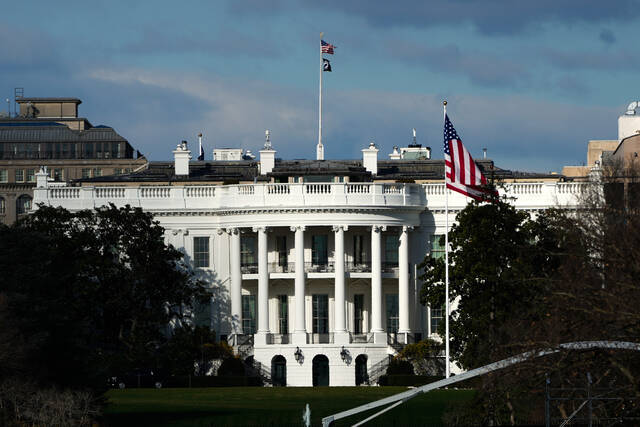Beginning this year with the implementation of a new Health and Human Services rule, American consumers won the right, upheld by a U.S. Court of Appeals, to access real hospital prices.
The new rule requires hospitals to post their actual prices, including their discounted cash and secret negotiated rates. Armed with this information, patients can finally enjoy financial security that a routine trip to the hospital won’t end up in financial ruin. Patients and employers can use transparent prices to shop for the best quality care at the lowest possible prices.
Unfortunately, hospitals have largely sidestepped the spirit, if not the letter, of this rule by providing nearly meaningless cost estimates that are difficult to access and cumbersome to use and don’t allow price comparisons, instead of actual prices. These cost estimates are just more pricing games from hospitals in an attempt to prevent patients from controlling their health care finances.
Allegheny General Hospital in Pittsburgh includes a disclaimer on its price list for shoppable services that is representative: “Disclaimer: The information listed above is based on historical data and is an estimate, not a guarantee, of what you may be charged for services.”
Such cost estimates provide little to no value because they don’t protect against wild deviations from the projected price. Estimates are generally based on average procedure costs in a given region. Yet averages have little meaning given the well-documented fluctuations in health care prices — even at the same hospital.
The Wall Street Journal recently reported that the price of a C-section at one Sutter Health hospital in California ranged from $6,241 to $60,584. At another location, the price for a complex cardiac procedure varied from $89,752 to $515,697.
A 2017 Duke University analysis of 12 online price calculators found that a tonsillectomy and adenoidectomy range from $1,200 to $15,360. NPR profiled a family whose health care bills were routinely far more than their online cost estimator projected. They received a $500 estimate for an MRI, but the actual price was $2,400.
Estimates do nothing to arrest runaway health care costs or pervasive price opacity. In fact, they contribute to both. Pricing games like cost estimators further confuse patients about real prices. And because they make it difficult for patients to shop for less expensive care, they do not allow market preference to put downward pressure on prices — as real prices do in every other economic sector. (Economic and anecdotal evidence confirm that price transparency can dramatically lower health care prices.)
There’s no reason that hospitals can’t post their all-in, up-front prices so patients can see them and have immediate recourse if their final bill doesn’t match. Under the pricing status quo, patients are required to sign an agreement of financial responsibilities under penalty of law that requires them to pay whatever hospitals charge — even if they’re price gouged or overbilled. This coerced signature amounts to handing hospitals a blank check. Real price transparency flips this perverse dynamic by holding hospitals accountable to bill the same as the posted price.
Some hospitals are demonstrating that publishing real prices can be done. Cook County Hospital in Chicago lists its all-in cash prices for hundreds of commonly shoppable services. These include $366 for a psychiatric evaluation; $2,880 for a prostate biopsy; and $9,770 for a vaginal birth. CCH publishes the cost breakdowns for these services, so patients can see what fraction of the total price is room and board versus physician fees versus supplies. Other hospitals such as MetroHealth in Cleveland and St. Clair in Pittsburgh have published complete lists of their standard charges for thousands of treatments. Then there are the numerous price transparent surgical centers, such as the Surgery Center of Oklahoma and Texas Free Market Surgery, which have long published their service prices, which are small fractions of what big hospital systems charge.
According to a recent Marist poll, a bipartisan supermajority of more than 90% of Americans supports such real published prices. When entrenched hospital systems begin losing customers to transparent providers, they will begin showing their prices to keep them. Widespread consumer demand can therefore usher in the functional, competitive marketplace that Americans deserve.
Only real, guaranteed prices can fix the broken American health care system where patients are blinded from prices then blindsided by inflated bills that come in the mail weeks and months later. Cost estimates are no substitute for actual price transparency, which will finally empower patients to be in control of their health and wealth decisions.
Cynthia Fisher is founder and chair of PatientRightsAdvocate.org and the founder and former CEO of ViaCord Inc.








